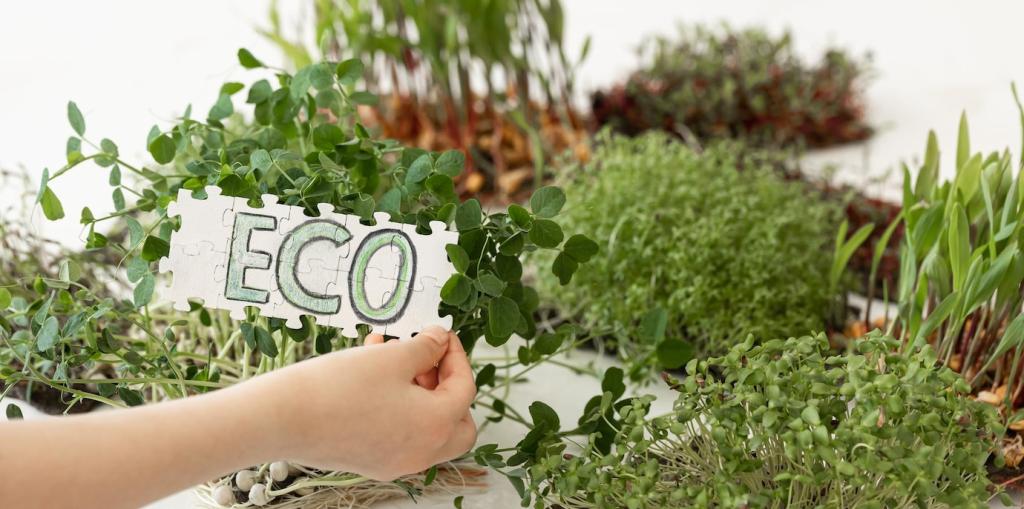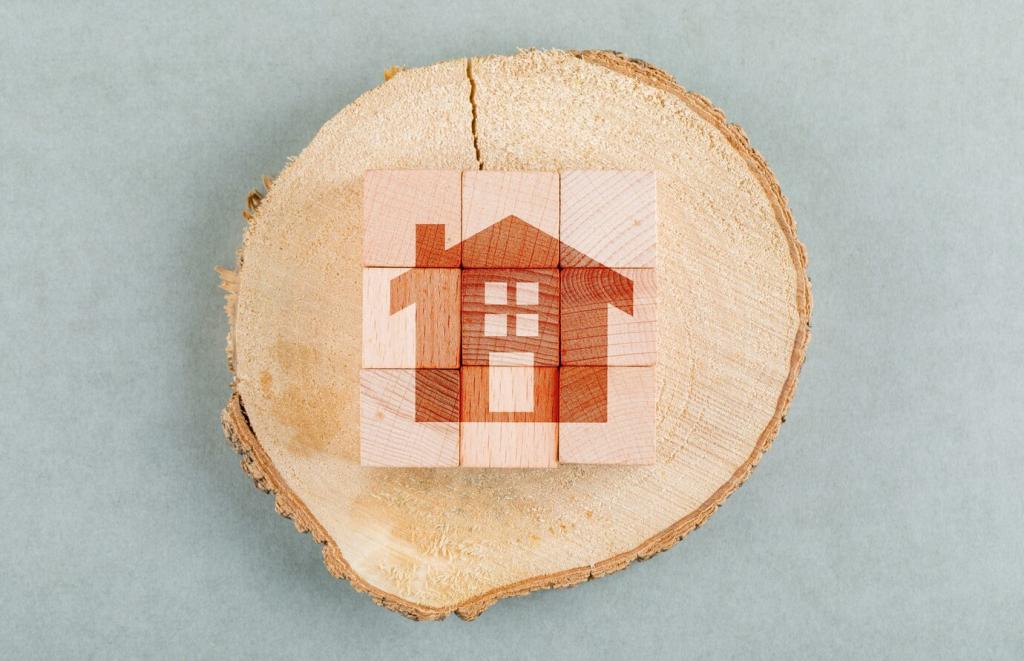Sustainable Materials at a Glance
Cellulose insulation comes from recycled newsprint, treated for fire and pests. Dense-pack techniques fill gaps in older walls, delivering competitive R-values per inch while locking carbon that would otherwise return to the atmosphere.
Sustainable Materials at a Glance
Sheep’s wool naturally buffers humidity and resists settling, making rooms feel steady across seasons. It is pleasant to handle, renewable by design, and often paired with low-toxicity treatments for additional protection in diverse climates.
Sustainable Materials at a Glance
Cork panels, hemp batts, and recycled denim offer versatile formats for tricky spaces. Their sound-damping qualities and stable performance bring comfort to studios, nurseries, and townhomes where noise control matters as much as warmth.








